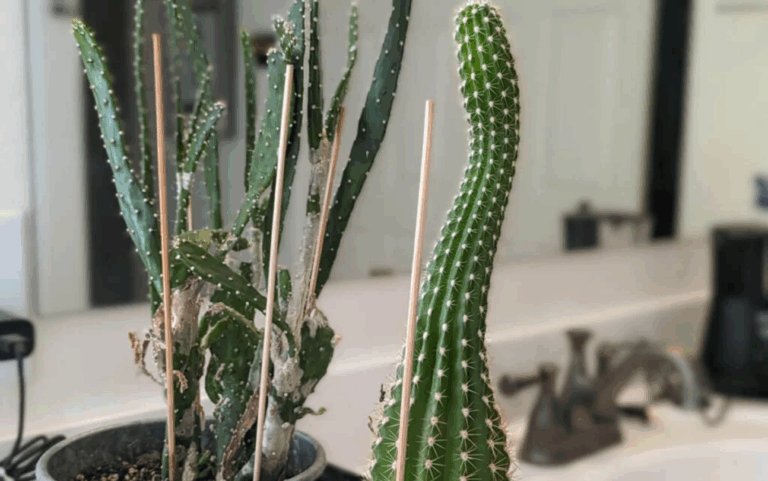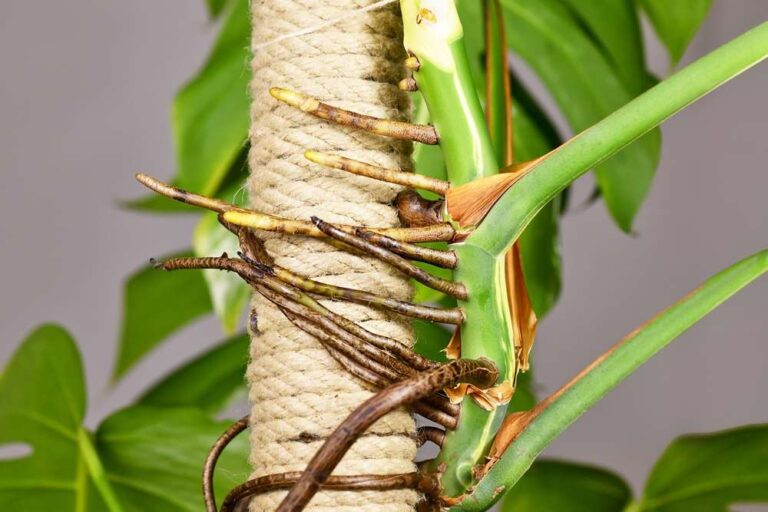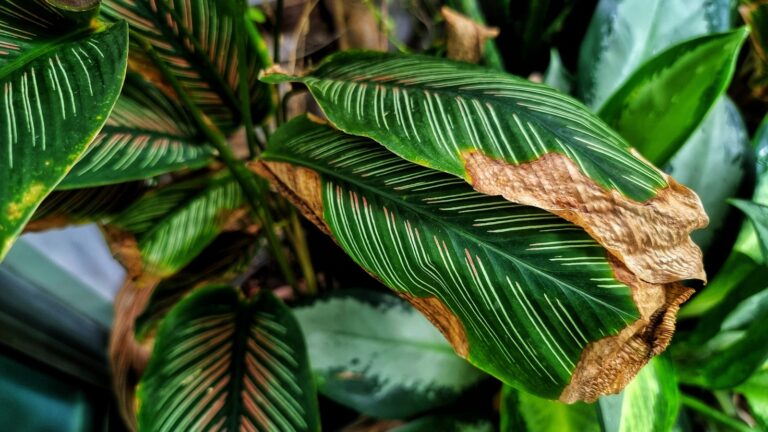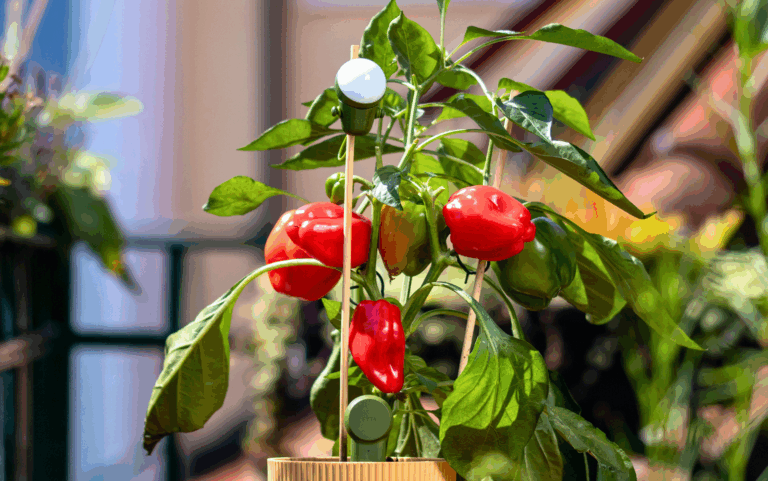
The topic of aerial roots is hotly debated and raises many questions. The statements on the net about how to treat aerial roots contradict each other to such an extent that one wonders whether everyone is talking about different things. But what is really true?
Which plants have aeroid roots?
Aerial roots are formed by epiphytic plants. These are plants that grow on other plants, usually trees. The most common representatives are monsteras, orchids, philodendrons, bromeliads, but also some cacti. As they usually grow hanging, creeping or climbing at dizzying heights and lack a connection to the ground, they have developed a strategy to obtain water and nutrients from other sources.
How do aerial roots differ from ground roots? Now it's getting deep:
Unlike ordinary soil or ground roots, aerial roots form almost or no hair roots (fine hair roots increase the absorbing surface many times over and can thus make close contact with the soil particles) and are often not very branched. Instead, especially in orchids, but also in other Aroids, they are covered by Velamen radicum (Latin: velamen = sheath, garment, veil; radix = root). This is a tissue of dead cells, which has a sponge-like structure and can quickly absorb and store water and nutrients dissolved in it and pass them on to the permeable cells of the exodermis. Have you ever noticed a kind of fluff on the aerial roots of your plant? That’s exactly what Velamen is. Some types of aerial roots are even able to photosynthesize, just like leaves.
What exactly is the function of aerial roots?
One of the main functions of aerial roots is to provide stability for the plant. By crawling into crevices and anchoring themselves there or wrapping themselves around tree trunks, they give the plant more support and prevent it from tipping over or slipping.
In addition, aerial roots play a crucial role in absorbing water and nutrients from the environment. This is particularly useful for epiphytic plants, as they rarely have direct access to the soil. The aerial roots therefore enable them to obtain water and nutrients from the humid environment.
‘So far so good. Now what do I do with these tentacles? There are so many of them…’
One useful method to get or stay on top of the situation in the room is to ‘transform’ these roots. This method is particularly useful for Monsteras:

Aerial roots can also be easily transformed into normal soil roots. You can do this with roots that are quite long and reach the surface of the soil in the pot and then simply plant them in the pot. You can do this the next time you repot. Or place the roots on top of the soil surface and cover them with substrate if your Monstera still has a lot of space in its pot anyway and there is a lot of loose substrate at the top of the pot.
After just a short time, small, fine hair roots will form on the aerial roots of the Monstera and the aerial root will develop into a normal soil root. This further stabilizes the plant and anchors it firmly in the soil. At the same time, the plant’s supply of water and nutrients can be improved.
Alternatives
Root snail (quick fix):
If ‘transforming’ the aerial roots is not an option for you, you can also simply place the long aerial roots in a snail around the plant pot. If the roots crack a little when bent around the pot, it’s no big deal. It’s not the root itself, but just the outer woody layer, which sometimes flakes off. However, this does not harm the plant. The ‘root snail’ is also practical if you ever have to move. Simply tie the ‘root snail’ together and fix it to the pot with tape. However, this method should be seen more as a quick fix or temporary solution, as the aerial roots can’t support the plant this way and will grow longer and longer.
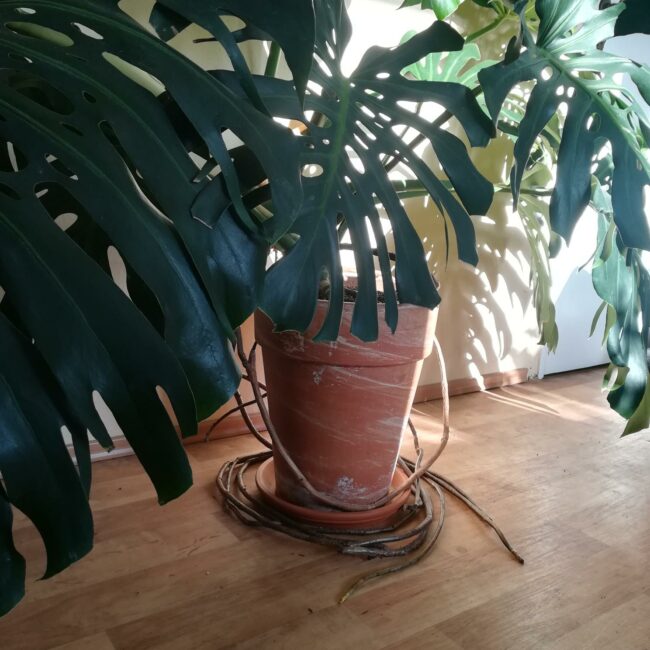
Guide into the climbing support:
A better alternative is to integrate the aerial roots into the climbing support. If you start with a small plant, you can use a moss stick or a coconut fiber stick and attach the plant close to the climbing support. The aerial roots will then find their own way into the material.
Even if your plant has already grown larger, you can still attach it to a climbing aid, it often just requires a little more effort. Not only sticks but also moss walls or dead tree trunks wrapped in moss are suitable as climbing aids. These offer the roots plenty of space to weave themselves in. You can get really creative here and drape the aerial roots decoratively.



What does excessive aerial root growth tell me and how is ‘excessive’ defined?
Some sources say that the formation of long aerial roots should generally be defined as excessive and is always due to care mistakes such as too little water and nutrients and a lack of climbing support. We understand, because if you have a look at Monsteras, for example, which grow firmly on a moss stick from an early age, there are hardly any aerial roots to be seen, as they are all inside the moss stick and do their job of providing support. But come on. Not everyone starts with a young plant and can do everything perfectly right from the start. So we think that this statement is a little too strict and unrealistic and also frustrating.
A few aerial roots here and there are no reason to worry. However, if you have the feeling that your plant is growing aerial roots excessively and you no longer know what to do with them, you can definitely make some adjustments to your plant care: Make sure that your plant is regularly and sufficiently supplied with nutrients and water during the warm season. If you have a climber at home, also provide a stable climbing aid with a rough surface (moss stick or coconut fiber stick). Consider ‘transforming’ the aerial roots as described above.
Cutting off aerial roots can also promote the formation of new ones, which brings us directly to the next point…



Cuting off: Do or don't?
Individual roots can be cut off if they are disturbing or rotting. However, never remove all or many of them, as this weakens and stresses the plant. If aerial roots are damaged or even dried out/dead and no longer provide support, they should be cut off close to the trunk of the plant. Pay attention to the following:
- Use a sharp knife or a sharp pair of secateurs
- The tool should be clean or disinfected
- Cut close to the shoot axis
- Seal the wound with activated charcoal or other wound closure products
Shorten aerial roots:
Yes, you can shorten instead of cutting off the roots completely. This allows them to continue to perform their function. BUT: This often leads to rotting in the shortened aerial root and it dies. With a bit of bad luck, the rot finds its way into the plant and it becomes diseased.
Can I use the aerial roots for propagation?
Mossing: In contrast to conventional methods, there is no risk of losing the cuttings. When mossing, the end of the root is inserted into a foil filled with moss. The moss must now be kept moist for several weeks. This causes the root to form hair roots and transform into a ground root while it is still connected to the mother plant. As soon as the new root system is well developed, the offshoot can be separated from the mother plant and potted up.
Glass of water: Place your aerial root in a glass of low-lime water. Then change the water every few days to prevent rotting. In a few weeks roots will soon form on the aerial root and you can separate the offshoot from the mother plant and plant it.
What can be done to keep aerial roots healthy?
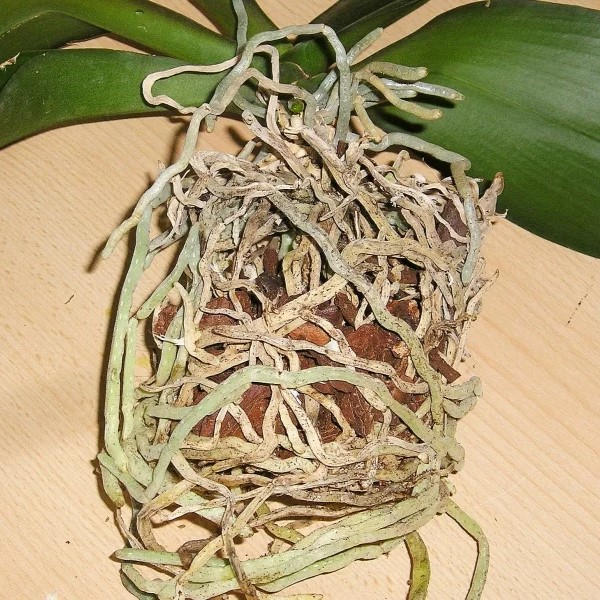
Dried roots: This is a sign of too little humidity. Spray the roots regularly with low-lime water or use a humidifier.
Rotten roots: You are probably watering too much. Make sure that your plant can always dry out well between waterings. It is also possible that the roots have been damaged. If you notice that the rot is continuing to make its way towards the plant, proceed as described in the section ‘Cut off aerial roots or not?

What about putting the aerial roots in a glass of water while I'm on vacation?
Putting aerial roots in water is not unusual or wrong (see the water glass method). Putting an root in a glass of water while you are on vacation to supply the plant with water is not a totally bad idea in itself. However, it can always lead to rotting. Changing the water in the glass every few days is essential. It’s just not possible while you’re on vacation.
We therefore think the better solution is to organize a vacation watering helper to take care of your green friends while you’re away. With the share function in the FYTA app, you can share your plants with friends and they only need to check in on them when they have received a notification.
If you want to learn how to keep your plants moist while you’re on vacation, click here.

